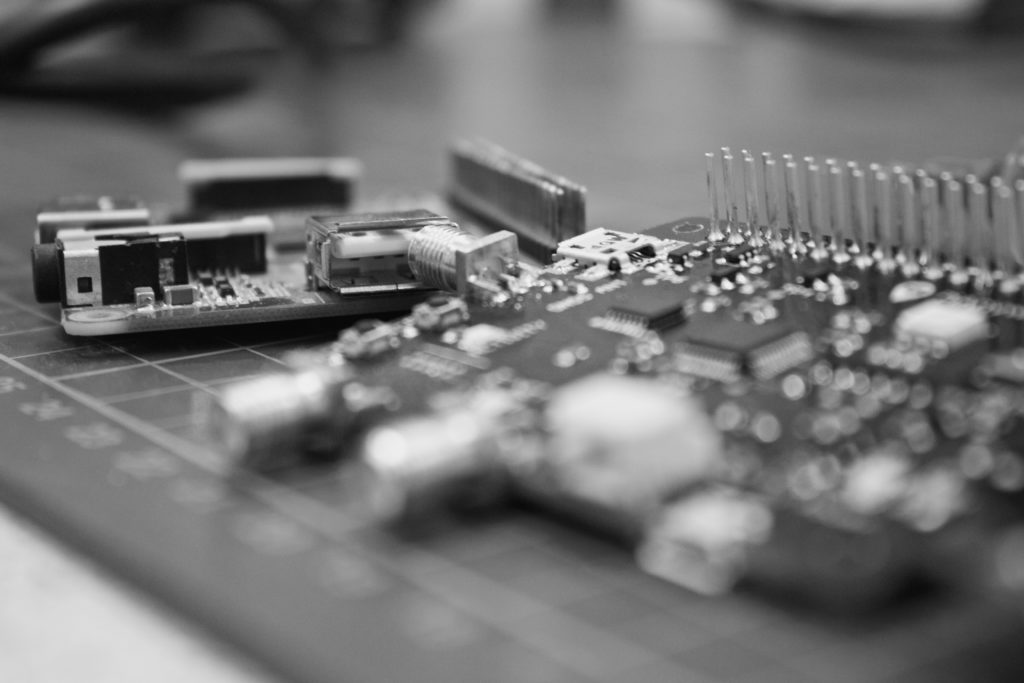 New developments in System-on-Chip (SoC) devices – which provide optimal power and connectivity characteristics and sensor integration – are expected to gain momentum in the market. Essentially, SoC is an integrated circuit that includes all components, such as central processing unit, memory and others, on a single microchip.
New developments in System-on-Chip (SoC) devices – which provide optimal power and connectivity characteristics and sensor integration – are expected to gain momentum in the market. Essentially, SoC is an integrated circuit that includes all components, such as central processing unit, memory and others, on a single microchip.
While these first-generation chips are now available, optimization will require more work and research before these devices can perform all the functions necessary for success. However, progress is occurring quite quickly. For example, wireless and non-segregated circuits can now facilitate self-powered sensor nodes, which are simple to deploy without the need for power or signal cabling.
Additionally, a new collection of sensors based on microelectromechanical systems (MEMS) technology is being rapidly developed to facilitate Internet of Things (IoT) applications related to motion detection and imaging. MEMS involves microscopic devices and mainly moving parts technology. In one app, engineers are working to better accommodate those who use wearables or smartphones to measure or monitor current conditions (like altitude, humidity, or temperature) and health markers (like heart rate, steps, calorie intake, etc.) .
Through an interconnection network (to devices such as smartphones or wearables), IoT allows the exchange of data and information. The key to an effective exchange of this data, however, is adequate, real-time connectivity. For engineers, this means awareness of several related considerations, such as communication standards, data etiquette (for information sharing), and wireless web networks in private areas. There are also practical points to consider related to design, such as low power functionality, which is ideal for sensors.
IoT applications typically require a single chip in a form factor suitable with low power dissipation for battery-operated devices. What's more, IoT-connected sensors must recognize pertinent data, as well as calculate and store it, using minimal form factors and low-power specifications. These requirements are fundamental for SoCs with GPUs (graphics processing units), embedded cores, and integrated wireless connectivity – all delivered in a single device.
Another important feature of these devices is asynchronous data transport, which means the data is on an independent unit. This typically lowers the cost of equipment and infrastructure. However, it also requires security that prevents tampering with transmitted data. This means considering Open Systems Interconnection (ISO-OSI) mode. Although working closer to the physical layer (PHY) is ideal in terms of cost, carbon dioxide emissions and energy.
The Growth of IoT in India
Greater adoption of IoT in India depends on several factors, including the cost of connectivity and the availability of IoT-enabled products. There are also other critical considerations, such as insufficient security and confidentiality protection of user data, lack of consistent standards and technological constraints, which affect the functionality of the IoT assessment chain.
Requiring uniformity across all IoT-enabled devices is a suggestion, but nearly impossible in all markets. This would require increased and reliable connectivity between devices, practices and services using a set of protocols; real-time observation and tracking of cooperative systems; automated processes that work across multiple segments; established security and data protection protocols.
However, such challenges will be surmountable if regulators and professionals in the electronics industry are prepared to take the initiative and responsibility to resolve them.
Overall, the IoT market in India is predicted to grow at a CAGR of over 28 percent between 2015 and 2020. The Internet of Things has offered the country diverse opportunities and workforce costs (for companies implementing the technology to increase operational effectiveness). ). The most popular markets for IoT adoption in India include consumer electronics, BFSI, automotive and transportation, home and construction, energy and conveniences, retail, supply chain, logistics and manufacturing areas.
The industrial IoT market in India, which currently accounts for 60% of the total business. A combination of devices or devices with networked sensors and fast-access data will be required for effective operations.
Although production is at an early stage in India, industrial applications of IoT in manufacturing, logistics, automotive and transportation are expected to drive IoT revenues by 2020. Influential Indian IT corporations are venturing into new digital technologies, which include artificial intelligence, machine learning and IoT (including related analytics), to expand revenue streams, keep up with consumer demands and accelerate production in the country.
Government-mandated projects such as smart cities and grids and smart transportation are expected to develop and test requirements and provide companies with revenue-generating IoT opportunities. But full adoption of IoT in India may require customized technology solutions. According to a recently conducted survey, low power wide area network (LPWAN) innovations offer an ideal solution for smart cities in the country.

